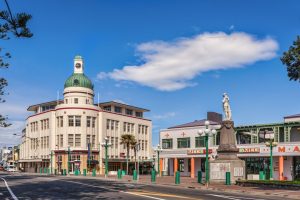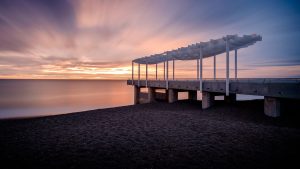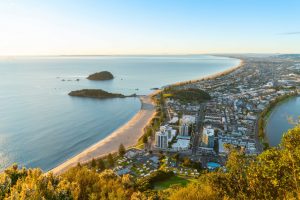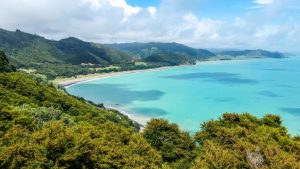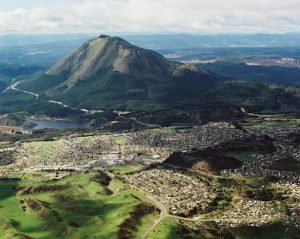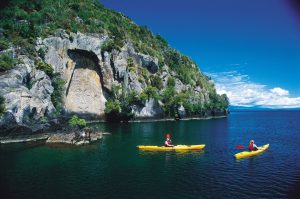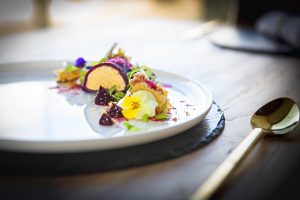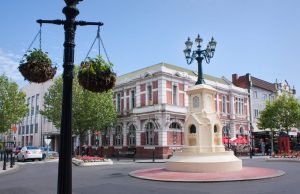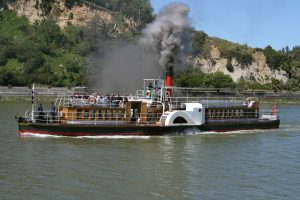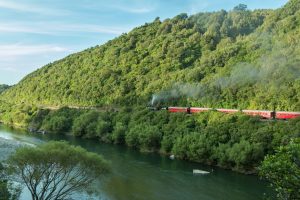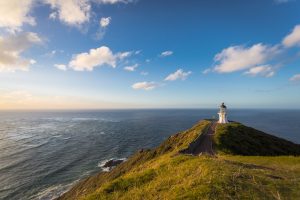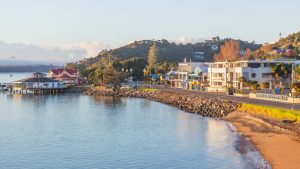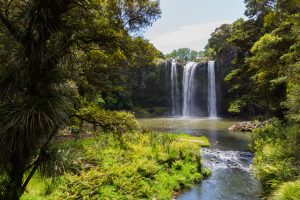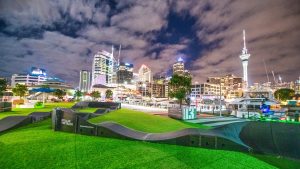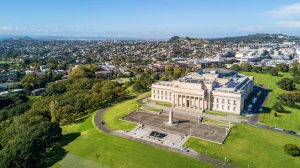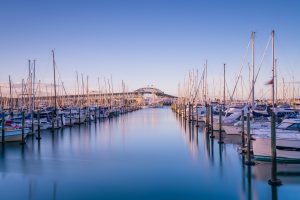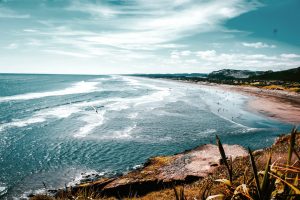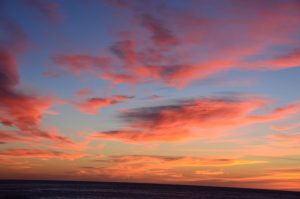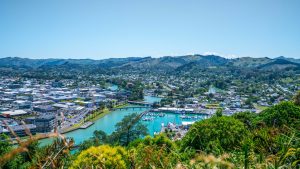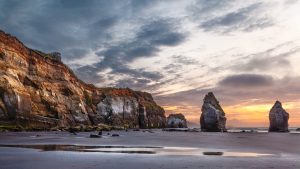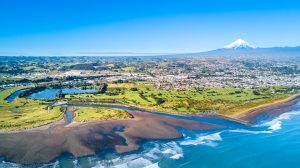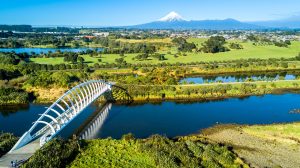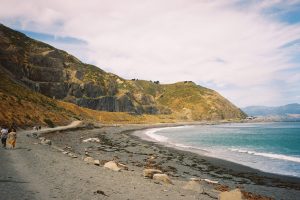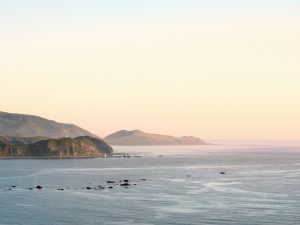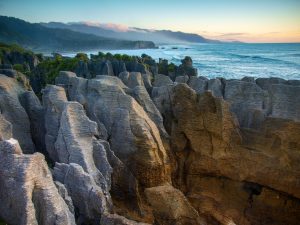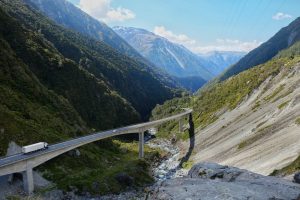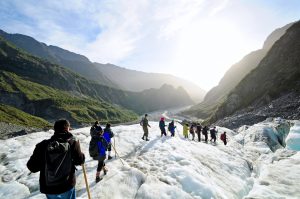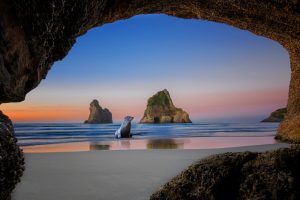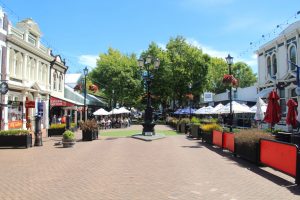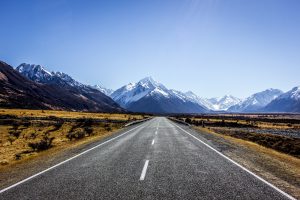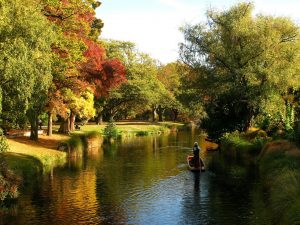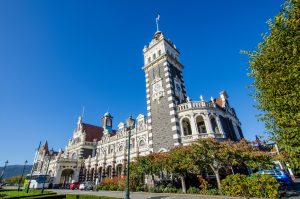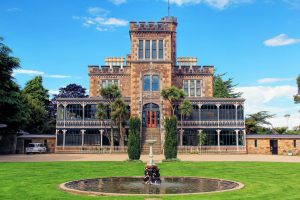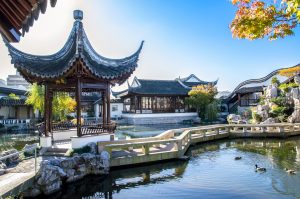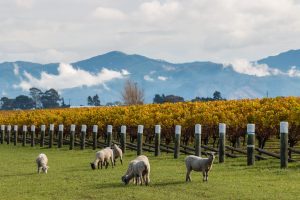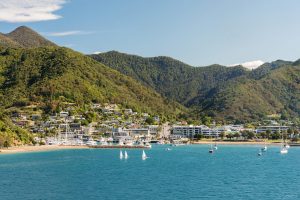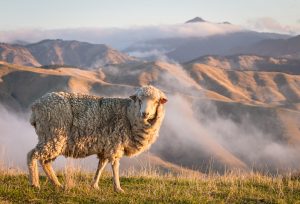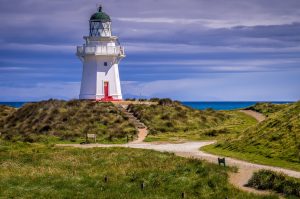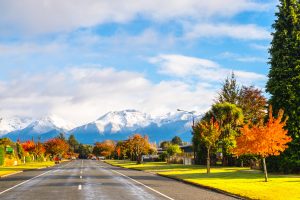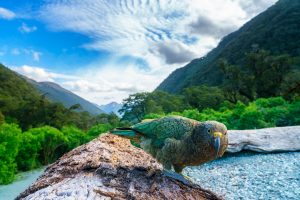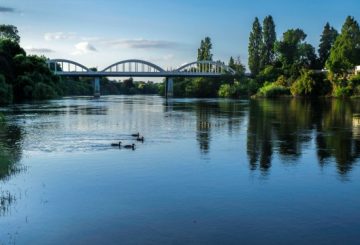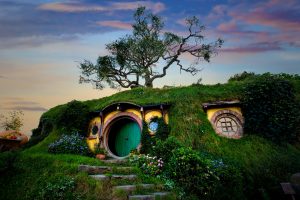A way to experience New Zealand education before truly committing to it is to join a holiday study programme. Many schools across New Zealand provide such programmes. It is important to be careful of the quality of the programme, in recent years unscrupulous education agents have been delivering poor quality programmes which has tarnished New […]
English language training in New Zealand is often called ESOL training (English for Speakers of Other Languages). Courses can specialise in everyday English to help with daily life, academic English for study, or business English for work. Courses are available from many different organisations and learning institutions and may be full-time or part-time. Pre-purchasing tuition: Some […]
New Zealand has a huge number of Private Training Establishments (PTEs) and they are all very different in what they offer and teach. What links them all is that they are required to be registered with the New Zealand Qualifications Authority and their curriculum and academic standards must meet national standards. PTEs are very diverse […]
Universities and Polytechnics (of Technical Institutes) both provide high quality education in New Zealand. As with all levels of education in New Zealand the Ministry of Education regulates the tertiary sector meaning students will receive a high quality education regardless on where they study. Universities: New Zealand is home to eight universities of the highest […]
When considering schools there are a number of subtle differences to be aware of. The majority of schools in New Zealand are state schools, meaning the curriculum is approved and regulate by the ministry of education. A student studying at one state school in New Zealand will have a very similar education experiance as a […]
lorem
lorem
lorem
The question of where to study is very complex as there is no one stand out location. When choosing a study destination you should consider many options. While the majority of Education Agents will try to steer you towards Auckland, there are many other equally as good options: Which year group If the student will […]
The school day usually starts at 9:00am and ends at 3pm or 3:30pm. Some high schools will run classes beginning at 8:00 am. Many schools will run sports programmes after 3 or 3:30, but these are optional for students. The school year starts in January. There are four terms in a year, with two-week breaks between […]

